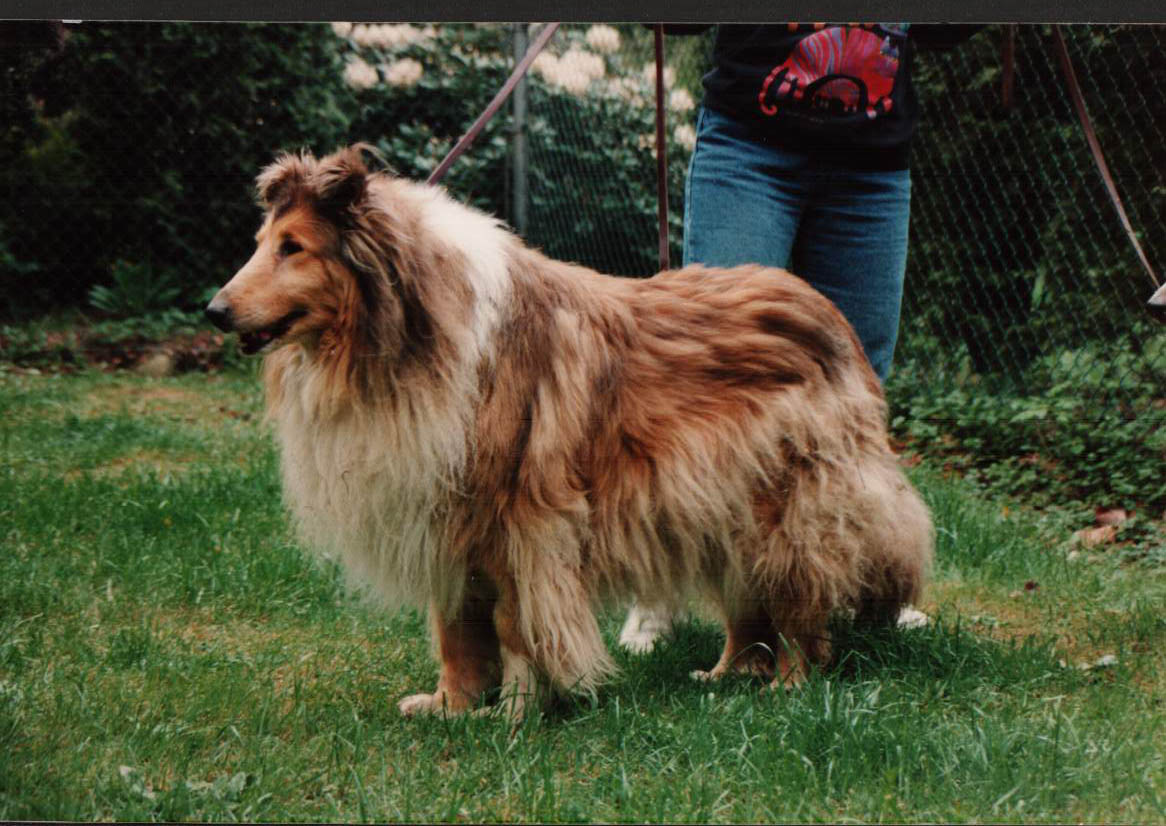Your long haired dog needs regular brushing to keep his coat healthy, even if he makes regular trips to the groomer. Relax and enjoy some bonding time while you brush and cuddle together. Grooming can be a big job, but you don’t have to brush him from head to toe in one sitting. Teach him to enjoy short sessions while you concentrate on just one body part such as his chest or tummy.
Most dogs shed dramatically twice a year: in late winter when the days get longer, and in fall when their summer coat sheds out and the winter coat starts to grow in. Dogs kept indoors might shed lightly all year round. Many breeds, including Shetland Sheepdogs, Pomeranians, and Golden Retrievers, have a cottonlike undercoat that sticks to outer hairs after it sheds, causing nasty mats. This undercoat insulates their bodies and keeps them warm in winter and cool in summer. Other breeds with long, straight haircoats such as Yorkshire Terriers, Lhasa Apsos, and Shih Tzu will get tangles if not combed out daily.
Conduct a health check while you brush: look for foxtails, fleas, cuts, or lumps. Don’t forget to check ears, between toes, in the mouth and beneath the tail.
Tools

Pin brush: This is the main brush you’ll use for grooming. It looks like a human’s hairbrush except it has plastic pins on a soft rubber backing instead of bristles.
Slicker brush: The fine metal pins on this brush are closer together than on a pin brush. It is smaller and has a rectangular shape.
Comb: A wide-toothed metal comb is used on long flowing coats and for untangling mats.
Undercoat rake: This works well to remove soft undercoat on the chest and neck.
Scissors: Cut out stubborn mats with blunt-tipped scissors so you don’t slice or puncture your dog’s skin.
Conditioner: Spray water or conditioner on the coat to make it easier to brush without breaking off guard hairs.
Line Brushing
If you brush over the surface of the co at, your dog will look nice for a few minutes, but mats and debris are still hiding next to his skin.
- Start at his rear end and work forward, or the bottom of his legs and work up. Work on one layer at a time. Part a thin section of hair down to the skin and hold it up with your forearm or hand so you can brush the flat part.


- Mist with conditioner and, using the pin brush, brush down and away from the skin.
- Go over the same spot with the slicker to remove smaller tangles and mats.
- Comb to remove any loose hair.
- Drop another thin section of hair over what you just brushed, and start again.
- Pay special attention to armpits, behind the ears, and beneath the tail, where mats are most likely to develop. You might want to trim these areas.

Removing Mats
 A matted coat traps moisture next to your dog’s skin and can cause hot spots. These can get infected when your dog chews or scratches. Severe hot spots might even become infested with maggots.
A matted coat traps moisture next to your dog’s skin and can cause hot spots. These can get infected when your dog chews or scratches. Severe hot spots might even become infested with maggots.
- Spray the mat with coat conditioner to make it easier to untangle. Vegetable oil or mayonnaise can also help to break down mats or remove sticky stuff such as gum or tree sap.
- Hold the mat at the base near the skin and gently pull it apart with your fingers or a comb. Be gentle; your dog won’t like it much if you are tugging on his skin.
- If you decide to cut the mat out, use blunt tipped scissors and keep your fingers between his skin and the mat.

To protect your dog’s skin, use blunt-tipped scissors to cut out mats. 
 If the mat is too close to his skin to remove safely, either shave it off with clippers or take him to the groomer.
If the mat is too close to his skin to remove safely, either shave it off with clippers or take him to the groomer.
If you keep your dog in a short cut, he still needs grooming as his coat grows out. The more often you brush, the less painful and traumatic it will be for him, and the more enjoyable it will be for both of you.
This article was reviewed/edited by board-certified veterinary behaviorist Dr. Kenneth Martin and/or veterinary technician specialist in behavior Debbie Martin, LVT








